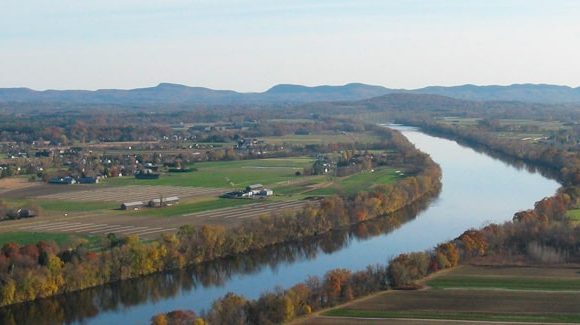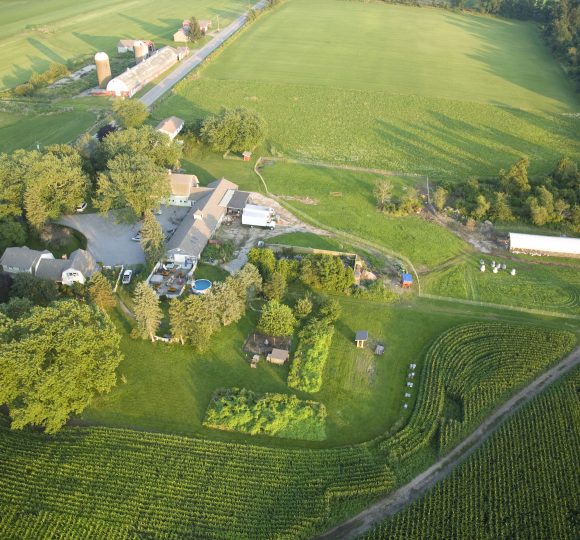The analysis presented here seeks to address the question of how much of the Northeast region’s solar generation goals could potentially be met through development on rooftops and contaminated sites as alternatives to development on farm and forest land. Specifically, the analysis described below presents initial estimates of how much of the region’s projected solar generation needs in 2030 could be developed on residential rooftops or using ground-mounted solar PV on contaminated sites. Acadia Center concludes that there are enough single-family residential rooftops to meet around 20% of the region’s rooftop PV needs, and that 25-75% of the region’s utility scale needs could be met through development on contaminated sites. While there are known challenges and barriers to fully developing solar generation on these two types of sites, the results demonstrate that focusing on policies that encourage or prioritize development at these sites could relieve development pressure on farming and forest with high value.
Publications
Meeting New England’s Solar Needs on Contaminated Sites and Rooftops
Downloadable Documents
Author
Acadia Center
Publisher
Boston, MA: Acadia Center
Page Numbers
4
Publication Date
April 01, 2020
Publication Type
Fact Sheets and Technical Memos
State
Connecticut, Maine, Massachusetts, New Hampshire, Rhode Island, Vermont
Keywords
Solar Siting




